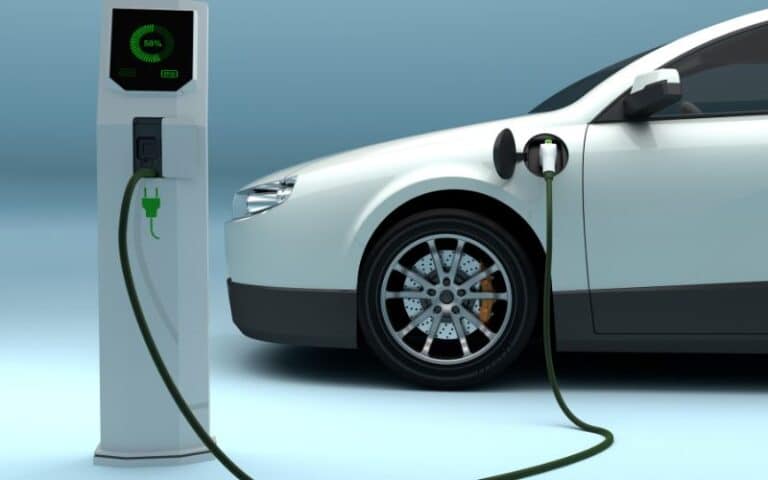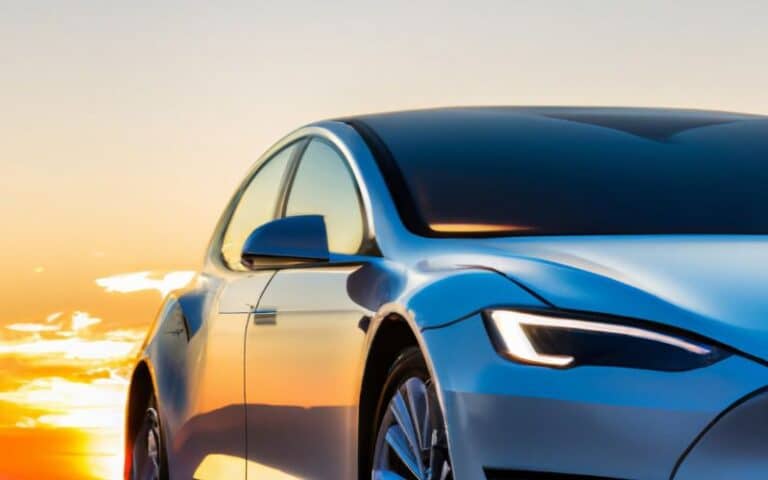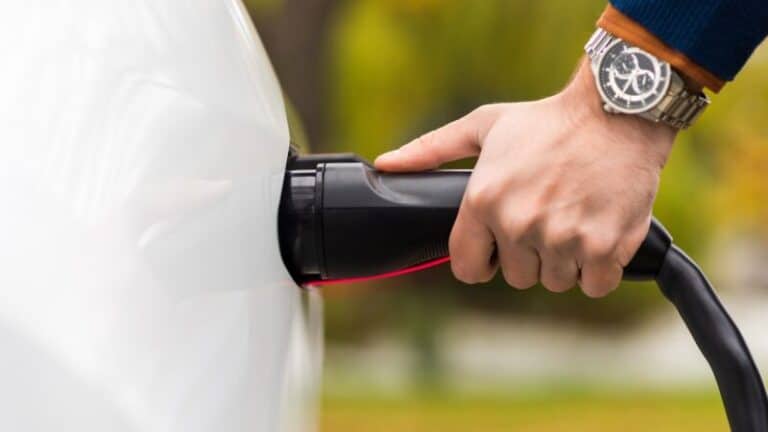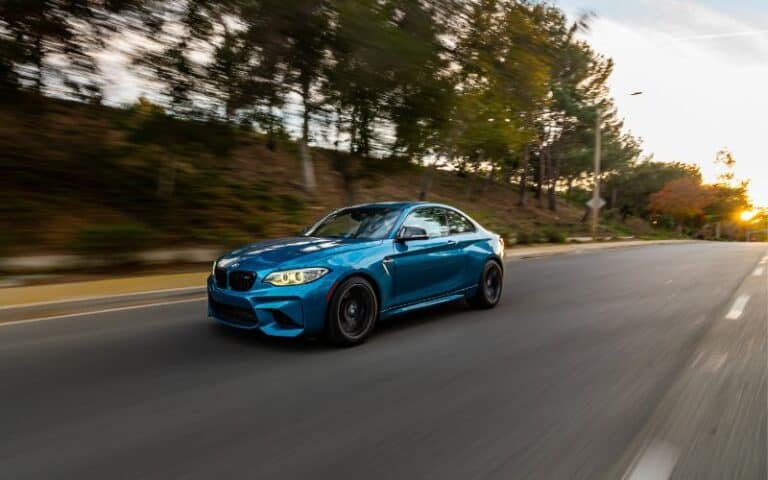Can Tesla Model 3 Charge At 350KW? (Read This First)
As the automotive industry relentlessly advances toward the electrification of transportation, Tesla is one company that has captured the attention of people worldwide.
For many reasons, including its supercharging network, Tesla Model 3 stands apart as one of the most notable electric vehicles in the world.
One of the questions most would-be and current Tesla owners ask is if the Model 3 will charge with a 350KW charger at that speed.
While Tesla Model 3 vehicles show compatibility with 350KW chargers and outlets, they will not hit this target speed for different reasons. These include how low your battery percentage is, the charging outlet, and the model of the car. Even at optimum conditions, the highest speed most owners have recorded ranges from 140-230 KW when the battery is between 25-60%.
In this article, we will explain the capabilities of the Tesla Model 3 and consider the possibility and implications of charging it at such high speeds.
We will also look at the best charging speed for this vehicle.
Can You Charge A Tesla Model 3 At 350KW?
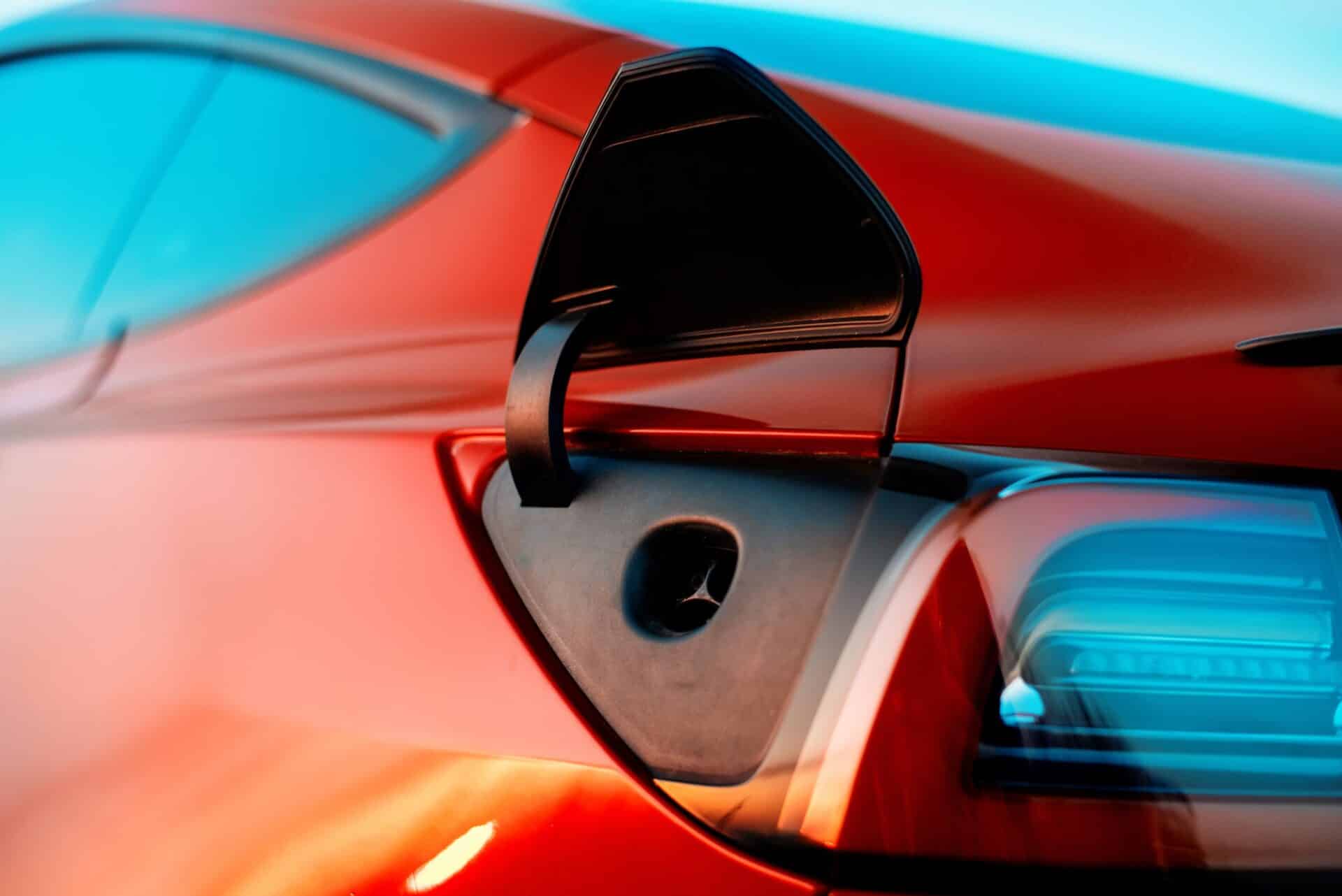
You can charge your Tesla Model 3 with superchargers that get up to 350KW. However, these superchargers are fewer and less accessible than regular chargers.
Also, most times, you need to use an adaptor, especially if you are using public charging stations.
One common and efficient adaptor is the CCS connector. Various factors affect your Model 3’s supercharging ability.
Some of these factors are:
#1. Type of Charging
Tesla Model 3, like other electric vehicles, supports Direct Current (DC) and Alternating Current (AC) charging.
AC charging uses electricity from the power grid, and the charging speed is significantly slower than when you use DC.
The rates for DC charging are usually around 11KW, irrespective of the battery option. Meanwhile, the rates for AC charging range between 100 – 250 KW.
The principle is that DC charging bypasses the onboarding charger and supplies direct DC power to the vehicle causing fast charging rates.
The onboarding charger is the device that converts AC power to DC at a slow speed.
Below is a tabular comparison between AC and DC charging for Tesla Model 3.
| AC Charging | DC Charging |
|---|---|
| Electricity is directly from the power grid. | Electricity is from charging stations. |
| Converts AC power to DC | Bypasses the need for an onboard charger. |
| Charges slower | Charges faster |
| Can charge from home, public, or destination chargers and charging points. | Charges from stations which are built specifically for fast charging. |
#2. Charging Station
The charging network and station you choose to use plays a significant role in determining the charging speed.
While Tesla offers fast charging with its Supercharger network, other charging stations like EVgo may provide different results.
#3. Battery Capacity
Tesla Model 3 has three different battery options: Standard Range, Long Range, and Performance.
Though each option has its capacity, the larger the battery, the longer the required charging time. This time will, in turn, affect the charging speed.
#4. Charging Connectors
The Model 3 has different charging connectors which are specific to your region. The popular connectors for this vehicle are Type 2 and the Combined Charging System (CCS).
The charging speed largely depends on how compatible your car is with the connector and the maximum power output the connector supports.
For example, your Model 3 with a 250KW CCS adaptor will charge faster at a CCS-compatible charging station if you meet other conditions.
#5. Battery Percentage
Another term for this factor is State of Charge (SOC). The term means your car will charge faster when the battery is at a lower state than at a higher state.
When using the right connector and charging stations, your car may charge at speeds as high as 200-230KW if your battery is between 20-50%.
However, as the battery approaches its maximum capacity, the charging rate will slow.
The reason for this pattern is to protect the battery’s longevity and promote stable, effective performance.
#6. Extreme Temperatures
It is best to charge your Tesla at optimum ambient temperatures because extreme temperatures can negatively impact the charging speed.
In frigid temperatures, the battery may need additional heating to optimize charging.
On the other hand, in extremely hot temperatures, the charging speed may drop to prevent overheating.
In both cases, the reason is to guarantee battery safety and efficiency.
How Long Does It Take to Charge A Tesla Model 3 At 350KW?
Ideally, it takes about an hour to charge a Tesla Model 3 using a 350KW charger fully. But this time varies, depending on different factors.
The factors that determine the supercharging ability of a Tesla Model 3 also play a role in determining how long it takes to charge the vehicle.
The first factor is the battery capacity which varies across the different Model 3 versions.
This variation in capacity also leads to a variation in the length of charging time.
Additionally, the charging station is another vital factor. Even though Tesla’s Supercharger Network provides high-speed charging, other stations may give different power outputs.
The charging adaptor or connector type – Type 2 or CCS – can also affect the charging speed depending on compatibility and maximum power output.
Like with the factors that affect supercharging ability, it is important to charge your vehicle at good environmental temperatures.
Charging your car at extreme temperatures will take longer than when the temperature is ideal and bearable.
Your vehicle configurations may also affect its charging speed.
Therefore, it is important to stay informed about software updates as these can enhance charging speeds and introduce new features.
Another crucial factor is the efficiency of the onboard charger, which converts the AC from the charging station to DC, which is stored in the car battery.
Generally, the higher the capacity of this charger, the higher the amount of power it can support and the faster the battery can charge.
Customizable Charging Settings
Tesla allows you to customize the charging settings on your Model 3.
These settings allow users to set a maximum charging limit which is useful in controlling the charging rate and electricity consumption.
It is advisable to end your charging at 80% to maintain battery life.
Because a regular 100% charge can lead to battery degradation, this degradation can, in turn, affect the charging capacity and speed.
However, Tesla recommends that car owners with Lithium Iron Phosphate batteries leave their charging limit at 100% and fully charge their car to this limit at least once a week.
Prioritizing off-peak hours is another customizable option. This feature allows you to take advantage of lower electricity rates during specific times of the day or night.
What Is The Max Charging Speed For Tesla Model 3?
The maximum charging speed for Tesla Model 3 varies between different versions and depends on other factors.
However, Model 3 owners have recorded maximum charging speeds of 250 KW. However, the most common speed falls between 130 and 200 KW.
What Is The Best Charging Speed For A Tesla Model 3?
There is no laid down rule for the best charging speed for a Tesla Model 3. The best course of action is to ensure you abide by practices that would guarantee optimal battery life.
These practices include:
#1. Avoid Frequent Charging To 100% & Discharging To 0%
Frequently charging your battery to full capacity can accelerate battery degradation.
It is best to charge around 80 to 90% for daily use and only charge fully when you are going on a long trip.
Also, completely depleting your battery to 0% can be detrimental to your battery life.
Always try to aim at leaving your car with at least 20% battery level before your next charge – nothing less.
If you know you will not be using your car for a while, it is best to store your car with at least 50% battery level. A lower level would cause faster and eventually complete battery drain.
#2. Utilize Schedule Charging
Tesla Model 3 and other Tesla models allow you to schedule charging. This schedule enables you to take advantage of the off-peak electricity rates and charge at your convenience.
This feature can reduce stress on the battery and optimize charging efficiency.
#3. Avoid Relying on Super Charging
As convenient as supercharging can be, it should not be your regular charging practice. The reason is that it contributes to battery degradation.
Fast charging is useful for long trips, but it is not advisable for daily charging. This does not mean you should only rely on regular charging.
However, learn to alternate both practices periodically.
#4. Maintain a Reasonable Battery Temperature
As discussed in previous sections, extreme temperatures can negatively affect battery functioning and capacity.
To this end, it is important to park your Tesla in cool, dry places and away from direct sunlight for extended periods.
#5. Avoid Sudden Maneuvers
Other practices that help to degrade battery life and efficiency are sudden maneuvers. Examples of these maneuvers are sudden acceleration or braking.
These practices lead to a sudden surge in battery drain, and repeated practices can deplete battery life eventually. The best practice is to accelerate or apply brakes gradually.
#6. Keep the Software Updated
Tesla regularly releases software updates that include optimizations for battery management.
Keeping your Model 3’s software up to date helps to ensure you benefit from the latest improvements and battery management features.


